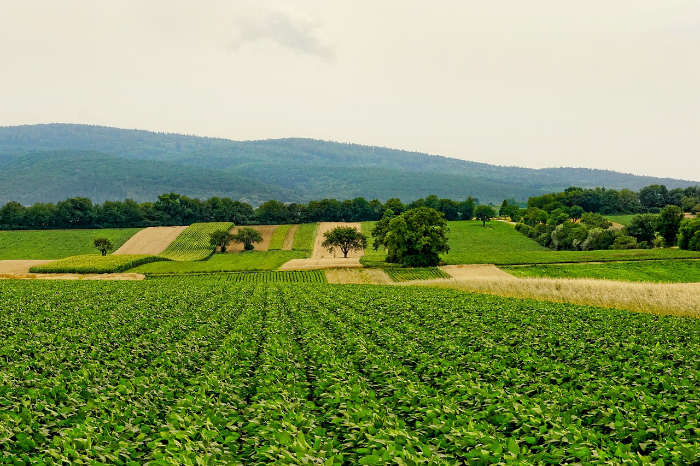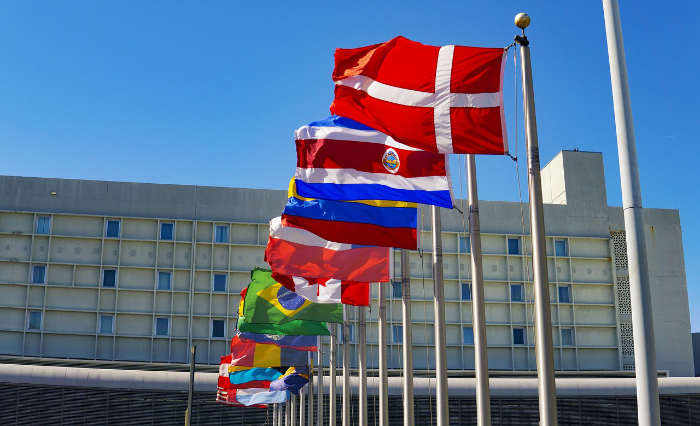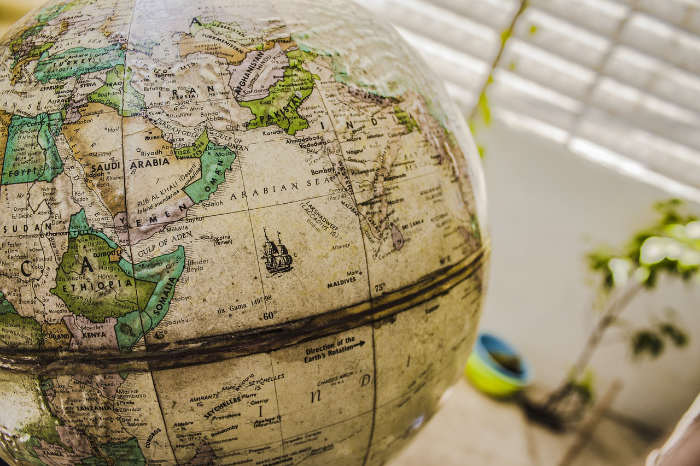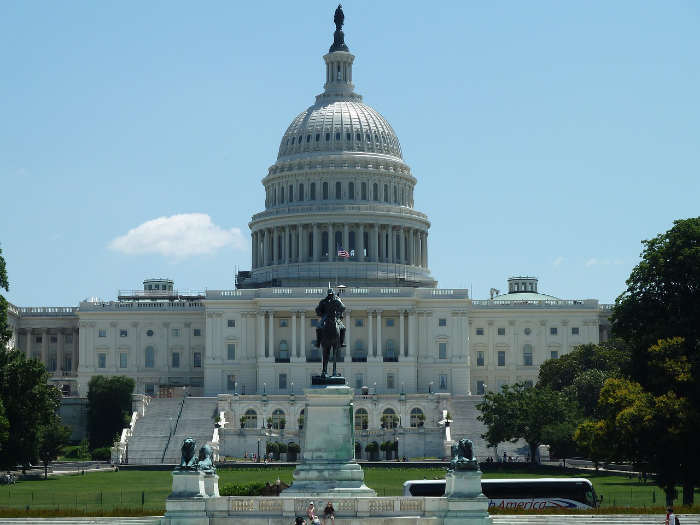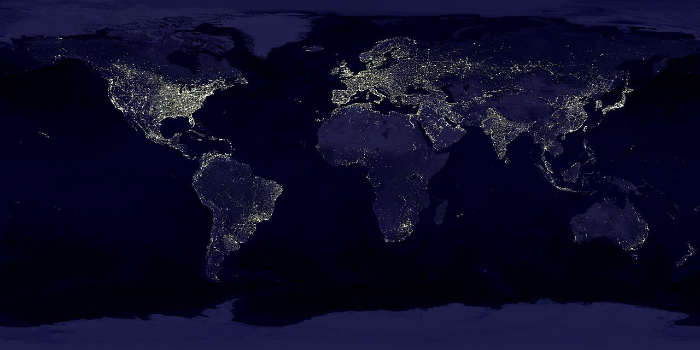Autonomous Areas by Country 2025

0
5
10
15
20
25
5 Countries with the Most Autonomous Areas
- The definition of an autonomous area varies by country. As a rule, an autonomous area is defined as a region under a country’s control, but which displays a certain degree of autonomy, or freedom to rule itself free of its “parent” country’s authority.
- Autonomy is a gradual scale rather than an “it is or it isn’t” binary condition. As such, whether a region or territory is autonomous or not depends party on one’s personal interpretation.
- A generous view of autonomy is applied to the data shown here.
- Some territories shown, such as Kosovo and Gaza Strip, are recognized as sovereign entities by some countries but not by others. These territories’ inclusion here should not be interpreted as a statement or stance regarding those regions’ official political status.
An autonomous area may be a territory, a district, a city-state, a tax haven, or any area defined by a contract or treaty that has some freedom from an external authority. For example, Washington D.C. is a city-state that operates with some degree of independence from laws governing American states. London is another example of a city-state. An autonomous area may be set up to allow specific taxation rules or lack thereof. There are thousands of autonomous areas, and they are constantly changing.
Recognition of Autonomous Areas
Some autonomous areas are recognized by international treaties. Examples of this are Hong Kong and the Panama Canal Zone. Great Britain controlled Hong Kong until it was given back to China. China has eroded Hong Kong residents’ rights and moved to replace Hong Kong law with mainland China exercising complete control. The Panama Canal Zone was an autonomous region managed by the United States until it was returned to Panama.
Other autonomous areas are created by internal regulations. Denmark owns Greenland. However, Greenland can operate separately with much autonomy, almost like an independent country.
A common form of autonomy is to be a territory of another country. Here are a few more examples:
- Netherlands - Aruba, Curaçao, Saint Maarten
- New Zealand - Cook Islands, Niue
- United Kingdom - Guernsey, Isle of Man, Jersey
- United States - Northern Mariana Islands, American Samoa
Moreover, sub-national regions may become autonomous. An example of a country with many of these sub-national regions is Spain with these autonomous areas: Andalusia, Aragon, Asturias, Balearic Islands, Basque Country, Canary Islands, Cantabria, Castile–La Mancha, Castile and León, Catalonia, Extremadura, Galicia, La Rioja, Madrid, Murcia, Navarre, and Valencian Community.





